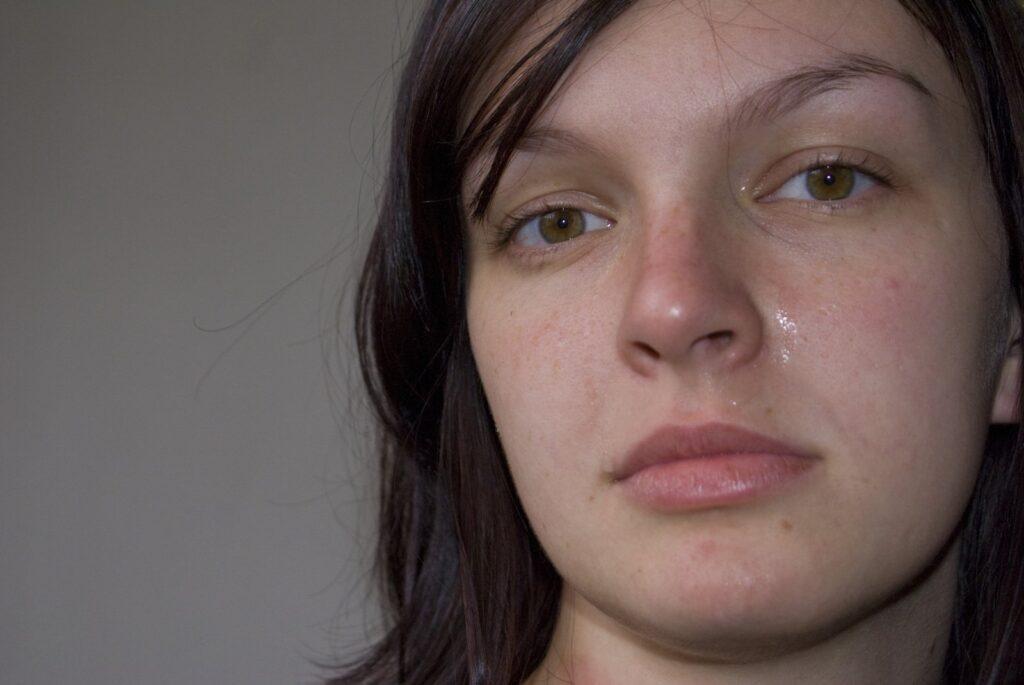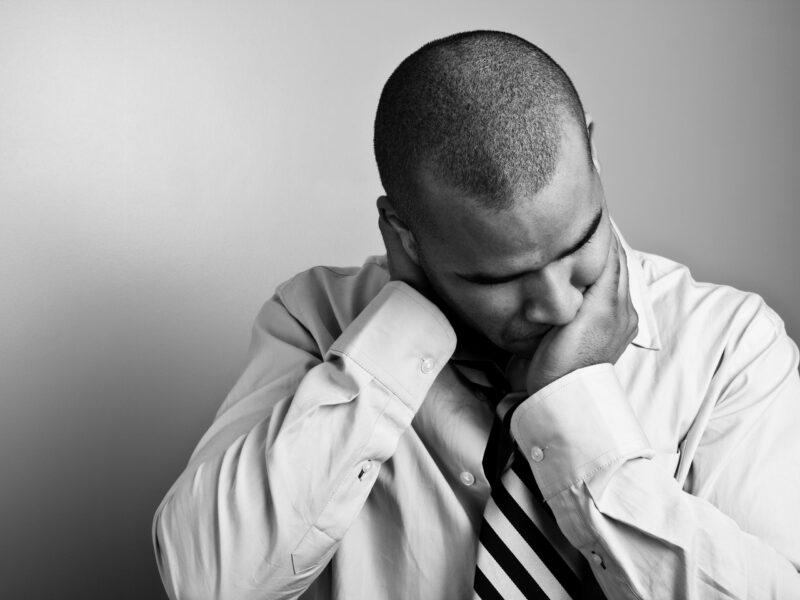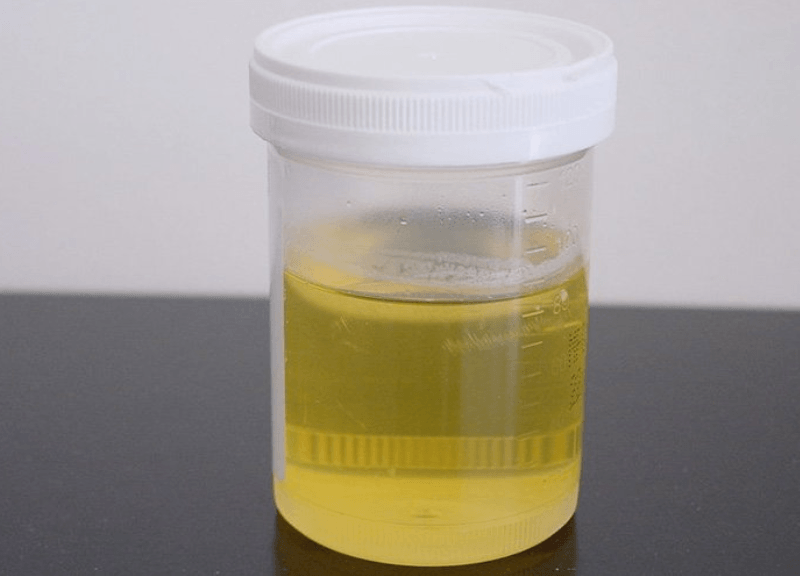There’s no assurance that you’ll overjoy after reading these 21 truths about sadness, yet you’ll feel more competent and more like a therapist. So you won’t feel so weird the next time you need to cry on someone else’s shoulder.
If that’s what you’re looking for, or if you want to impress your peers with lesser-known facts about sadness, stick around. Get your notepad and pen out and morph into an emotional expert; things are about to get intense.
Before we get into it, this post about human behavior might interest you.
21 Psychological Truths About Sadness
The word “sad” or “sadness” comes from a Middle English word that commonly refers to “firmness, toughness, permanence, solidity, and maturity.”
Today we know it as an emotion that describes sorrowfulness, hopelessness, disappointment, and other woeful feelings. When we feel sad, our mood is damp, and our energy is low. However, there is more to sadness than just feeling; read on to see why.

1) Not Everyone Can Cry When Experiencing Sadness
While most people tend to shed a tear when they’re sad, some can’t seem to shed any. You feel sad or depressed; you sense a tingling behind your eyes, yet the tears won’t fall. This inability to cry can be due to medical or emotional reasons.
Certain medications, symptoms of depression such as anhedonia and repressed emotions, and conditions like Sjögren’s syndrome are all possible explanations.
2) Sadness and mental health issues often go hand-in-hand.
Depression is an illness that is most closely associated with sadness. However, sadness can be a symptom of many other health issues, such as bipolar disorder, seasonal affective disorder (SAD), and anxiety disorders.
3) Women experience sadness differently from men.
Women experience depression twice as much as men, making them more prone to despair. And due to the roller coaster ride that is female hormonal changes, you can imagine how things like premenstrual syndrome (PMS) can affect their mood.
4) Do animals experience sadness?
Many people still assume that their animals cannot feel emotions. Emotions exist in animals. They experience love, happiness, fear, anxiety, anger, depression, and sadness.
A polar bear named Arturo has been dubbed the “world’s saddest animal” by animal rights activists. Also, many animals grieve losing a loved one or close friend.
5) What’s the Difference Between Sadness and Depression?
Anyone can feel sadness for short periods but will return to their everyday lives shortly. A dramatic film about loss can make you cry, and hearing bad news or having a frustrating altercation can make you sad momentarily.
Depression, on the other hand, spans over more extended periods—weeks, months, and even years. It’s a mental condition that affects your emotions, behavior, thinking, and physical well-being. However, the primary symptom of depression is sadness, which makes it hard to distinguish between the two.
6) Sadness is one of the basic emotions.
According to psychologists, we have six basic emotions: sadness, fear, anger, happiness, surprise, and disgust. All the other emotions spring from the basic ones.
These emotions respond to activities in some areas of the brain. Sadness is associated with a part of the brain that strongly links with memory, and this association is what triggers the feeling of sorrow.
7) What are sad tears made of?
Did you know that humans have a variety of tears? There are three types: emotional, reflex, and basal tears. All of these are necessary for good eye health.
Here’s an interesting one. Tears mainly consist of water, but they also contain sodium (which gives them that salty taste), fatty acids, and over 1,500 types of proteins!
8) Tear-catching History
During ancient Roman times, those in mourning often collected their tears in glass vials or cups and then placed them in burial tombs to express their love.
It is probably not your first time hearing about this. Humanity has a 3,000-year-long tear bottle history. From the Old Testament to the Victorian Era, tear bottles, or lachrymatory, are still used today.
9) Why do we like sad stories?
The works of none other than William Shakespeare have tremendously influenced western society. And many of his plays involve tragedy and sadness. But why do we value tragedies so highly?
Studies have shown that consuming sad stories allows us to experience sadness without anxiety. We can relate to these stories, making us feel better about our troubles.
10) Artificial Intelligence May Feel Sadness One Day
Currently, AI cannot replicate human emotions, but studies suggest they may be able to mimic certain expressions in the future. Many scientists have proposed that machines may be more susceptible to depression than other emotions.
11) How to Combat Sadness
If you want to feel better, there are some things you can do to lighten your mood. While these cannot cure depression, they may make you feel better in moments of sorrow.
- Allow yourself to cry and feel sad. Denying sadness might do more damage than good. You’ll end up frustrated and stuck feeling down for much longer.
- Listen to cheerful music, write down or draw your feelings, and spend time with your loved ones.
- Cuddling up with a partner or your pup, a bowl of ice cream, and your favorite show is a sure way to dry up your tears.
- If your sadness is prolonged and inescapable, you will significantly benefit from seeing a professional.
12) What Should You Eat When You Are Unhappy?
Certain foods can help boost your mood; before you know it, you’re happy again. When you eat carbohydrates, your brain gets triggered to release the mood-lifting neurotransmitter serotonin.
While these healthy snacks may not cure your depression, have a bite when feeling down in the dumps. Foods containing omega-3s, selenium, and vitamin D, such as dark chocolate, fatty fish, and berries, boost your mood.
13) Emotional Dreaming
Ever wake up crying? You’re not alone. Emotional dreams are shared. These dreams bring out strong emotions, often involving tragedies such as your partner’s cheating, death, or injury.
Crying in your sleep may signal that you need to talk to someone you care about your deepest thoughts or problems.
14) Why Do Some Songs Make You Gloomy?
While music can cheer you up when you’re feeling down, it can also have the opposite effect. The lyrics and emotional expression of instruments in sad songs can trigger an empathetic response.
The violin and other string instruments best convey sadness, fragility, tranquility, sympathy, and coldness. At the same time, devices like the trombone and trumpet tend to express excitement and vibrancy. These sounds bring out specific emotions in music that will ultimately affect our moods.
15) Some People May Be Addicted to Sadness
Do you know someone constantly followed by a cloud of doom and gloom? Well, some people find sadness soothing. Scientists have discovered a link between negative emotions and the reward centers in the brain, suggesting that sadness can be addictive.
16) Saddest Country in the World
South Sudan is currently ranked the “unhappiest country in the world.” Sudanese citizens are drowning in misery due to environmental and physical factors. A huge reason is the civil wars and epidemic hunger ravaging this country.
17) What Happens to the Body When We’re Sad?
When feeling sad, the body also goes through some physical changes. Stress-related opioids in the brain alter the levels of inflammatory proteins in the blood. Unfortunately, these specific proteins link to an increased risk of comorbid diseases.
18) Can sadness affect relationships?
Sadness caused by depression can gravely affect your relationships with others. You’re less likely to enjoy interaction with your loved ones.
Pay less attention to your partner. Regardless of how you act, constant sadness can hamper your relationships with family and friends.
19) Too much sorrow can hold you back in life.
Despair and demotivation are closely related symptoms of depression. These psychological factors share a cause-and-effect relationship.
Being in a state of misery for a long time can demotivate you and eventually stand in the way of your goals. It would help to stay motivated with a positive and happy mindset, but sadness and depression can make you static.
20) When You Feel Sad While Pregnant, So Does Your Baby
You may have yet to expect it (get it?). Multiple studies allude to the fact that babies in the womb can feel the same emotions as their mothers. So moms may want to consider avoiding sadness throughout their pregnancy.
21) It’s All in Your Genes
Whether or not you become sad or depressed can also be determined by your genes. Psychiatrists do consider a family history of depression when dealing with patients.
While this may not be the most significant factor, it can explain why one person becomes depressed, and another doesn’t.


